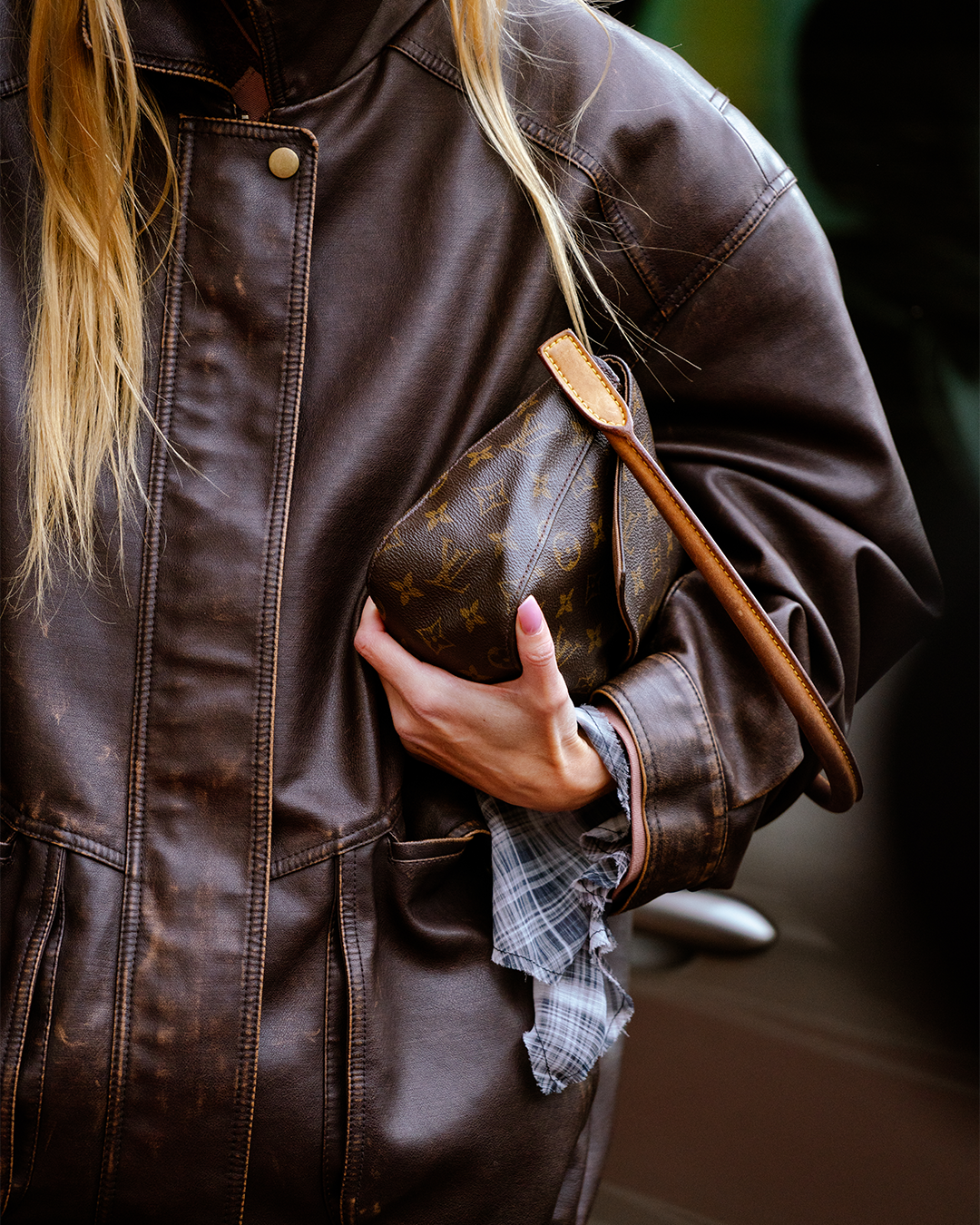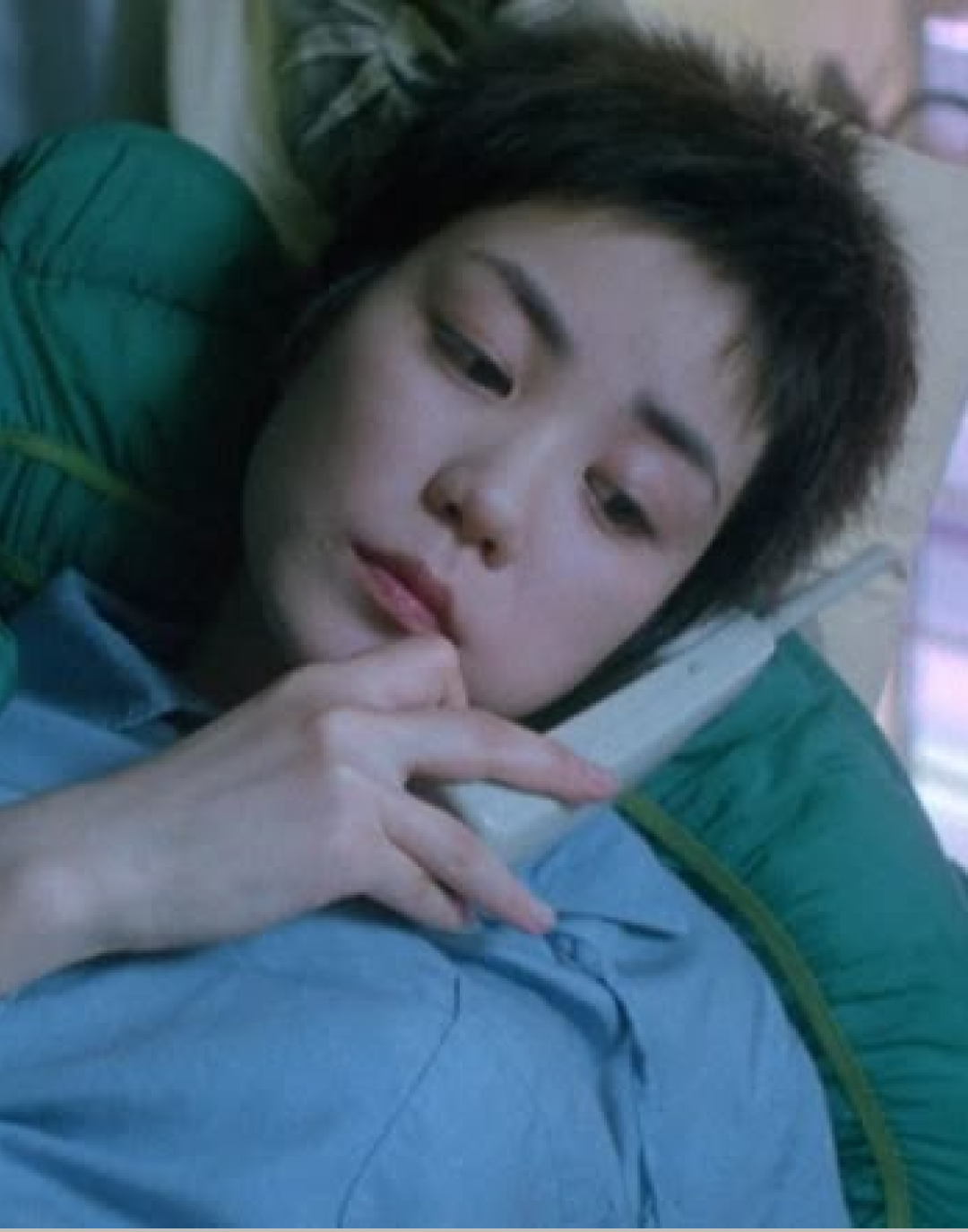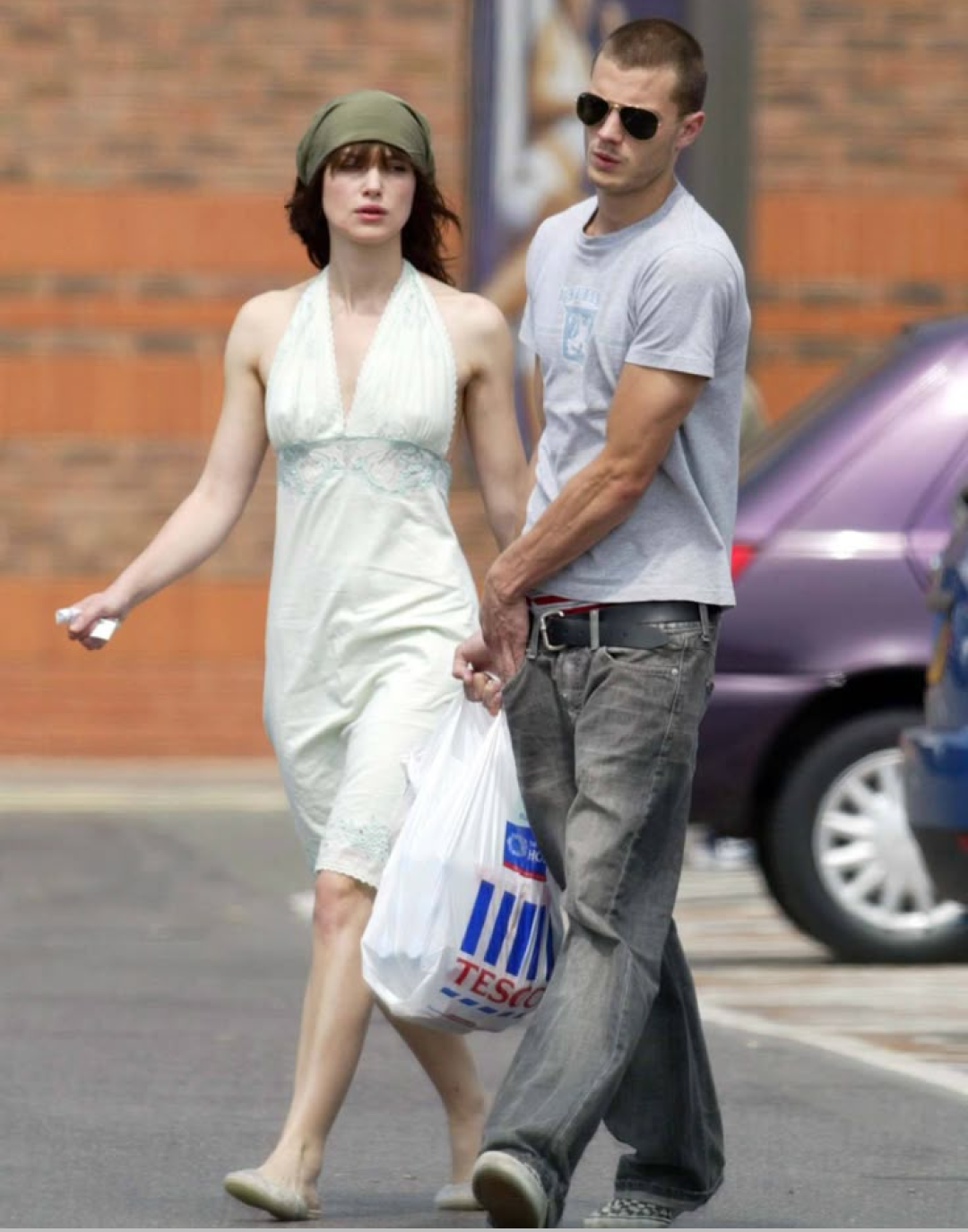
How do the French relate to second-hand luxury goods? The figures from the first Vinted Second Hand Observatory study provides the answer
A study conducted by CSA for Vinted involving no less than 2022 consumers on the relationship between the French and second-hand luxury consumption yielded surprisingly positive results in these complicated times: for 69% of the French, second-hand luxury products are considered full-fledged luxury products. Is Gen-Z throwing old prejudices about buying second-hand clothes and accessories out the window? According to the study, yes, because out of the 21% of people who bought second-hand luxury items in the past 12 months, 45% are between 18-24 years old. But what are the exact data collected, what place is second-hand luxury taking in consumers' and new generations' lives, and above all, what are the motivations that push the French to opt for second-hand at a time when any freshly sewn, cutting-edge fashion item is available at the snap of a finger?
The numbers don't lie: only 31% of French consumers currently believe that a second-hand product is no longer truly a luxury product. A relatively low figure considering how second-hand and vintage were viewed by previous generations. If the second-hand market made a comeback in the 90s with the rise of online resale platforms like LeBonCoin or eBay, it was still associated with used, damaged, or even dirty items, and not really with the latest trends, reminding us more of old clothes inherited from our twice-removed aunt that traveled through three generations of cousins. However, today, second-hand and especially second-hand luxury present advantages that no new item could offer its audience. The main benefit for the buyer is, of course, the unbeatable price offered by vintage, even luxury: for 46% of respondents, the more attractive prices of second-hand luxury items are a determining factor. This percentage rises to 54% for young people aged 18-24, especially considering that buying second-hand luxury obviously gives them access to products they couldn't afford otherwise (39%).
Au lieu d’acheter des vêtements neufs de mauvaises qualités à bas prix, achetez de la seconde main de bonne qualité à bas prix. Ce manteau a coûté quelques dizaines d’euros seulement. pic.twitter.com/fg9gz6lMrS
— Ayia (@Kevin_Ayia) November 24, 2022
The second non-negligible factor for players is also the possibility of finding products no longer available for sale in stores, belonging to a historical moment in fashion (7%), but also avoiding the environmental impact of a new purchase (7%), not to mention an attraction to the quality that characterizes certain vintage pieces (5%). However, as with everything, there is a shadow on the picture: the fear of counterfeiting, no matter where it's bought. While sites like Vinted seem to be consumer favorites, as nearly one in two second-hand luxury buyers (49%) choose them for their purchases, thrift shops (35%) and specialized online platforms (34%) are also victims of these anxieties that torment no less than 47% of buyers. In response to these concerns, solutions have been adopted: 41% of respondents place importance on obtaining a certificate of authenticity from the seller, while 24% of the French favor the offer of a physical verification service by online platforms, compared to 18% who want a transparent refund policy.
@laragcv La seconde main de luxe >> Je vous ai presenté mes 4 meilleures affaires en seconde main (hors top jacquemus) ! Et toi tu en as déjà fait ? #secondhandluxury son original - Laragcv
That being said, this fear of being scammed does not seem to stop consumers in their buying frenzy, especially in light of the satisfaction results obtained by buying a second-hand product compared to a new product (38% vs 28%), also generating less guilt (4% vs 8%) and thus fitting into an eco-responsible and sustainable approach for 90% of them. These positive results are noticeable because, in terms of budget, 28% of buyers spent more than €1,000 on second-hand luxury items over the past year. A small step for fashion, but a giant leap for ecology and the wallets of these consumers, who can now express themselves freely in terms of style without having to endure the punishment of eating buttered pasta for the rest of the month after the purchase.














































